Kernel density estimation
Quantitative Risk Management in Python

Jamsheed Shorish
Computational Economist
The histogram revisited
- Risk factor distributions
- Assumed (e.g. Normal, T, etc.)
- Fitted (parametric estimation, Monte Carlo simulation)
- Ignored (historical simulation)
- Actual data: histogram
- How to represent histogram by probability distribution?
- Smooth data using filtering
- Non-parametric estimation
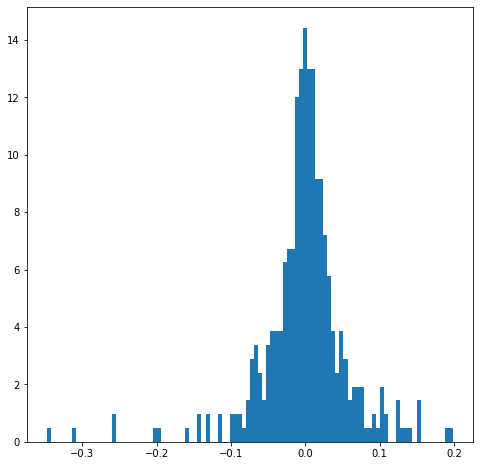
Data smoothing
- Filter: smoothen out 'bumps' of histogram

Data smoothing
- Filter: smoothen out 'bumps' of histogram
- Observations accumulate in over time

Data smoothing
- Filter: smoothen out 'bumps' of histogram
- Observations accumulate in over time

Data smoothing
- Filter: smoothen out 'bumps' of histogram
- Observations accumulate in over time
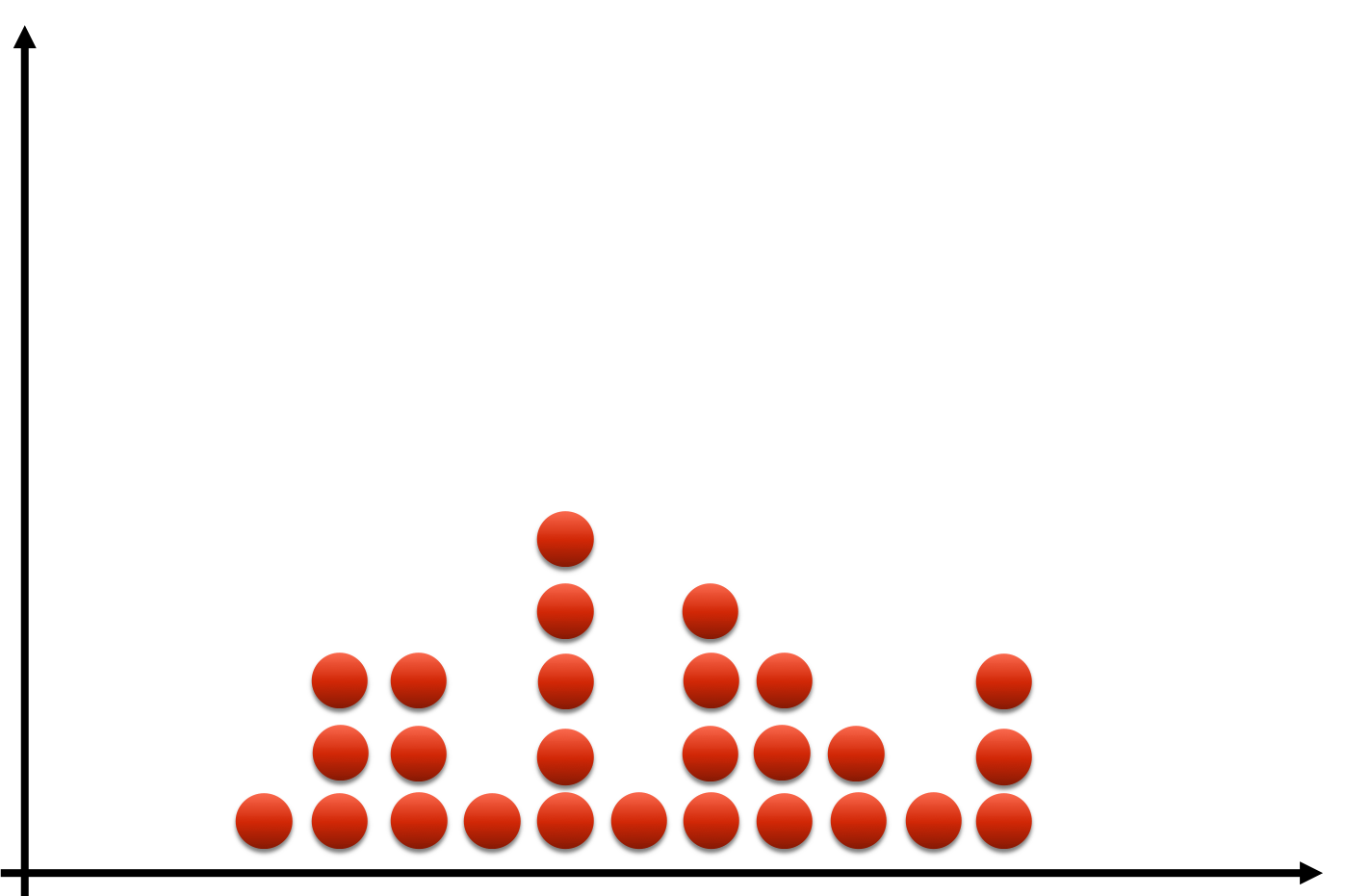
Data smoothing
- Filter: smoothen out 'bumps' of histogram
- Observations accumulate in over time
- Pick particular portfolio loss
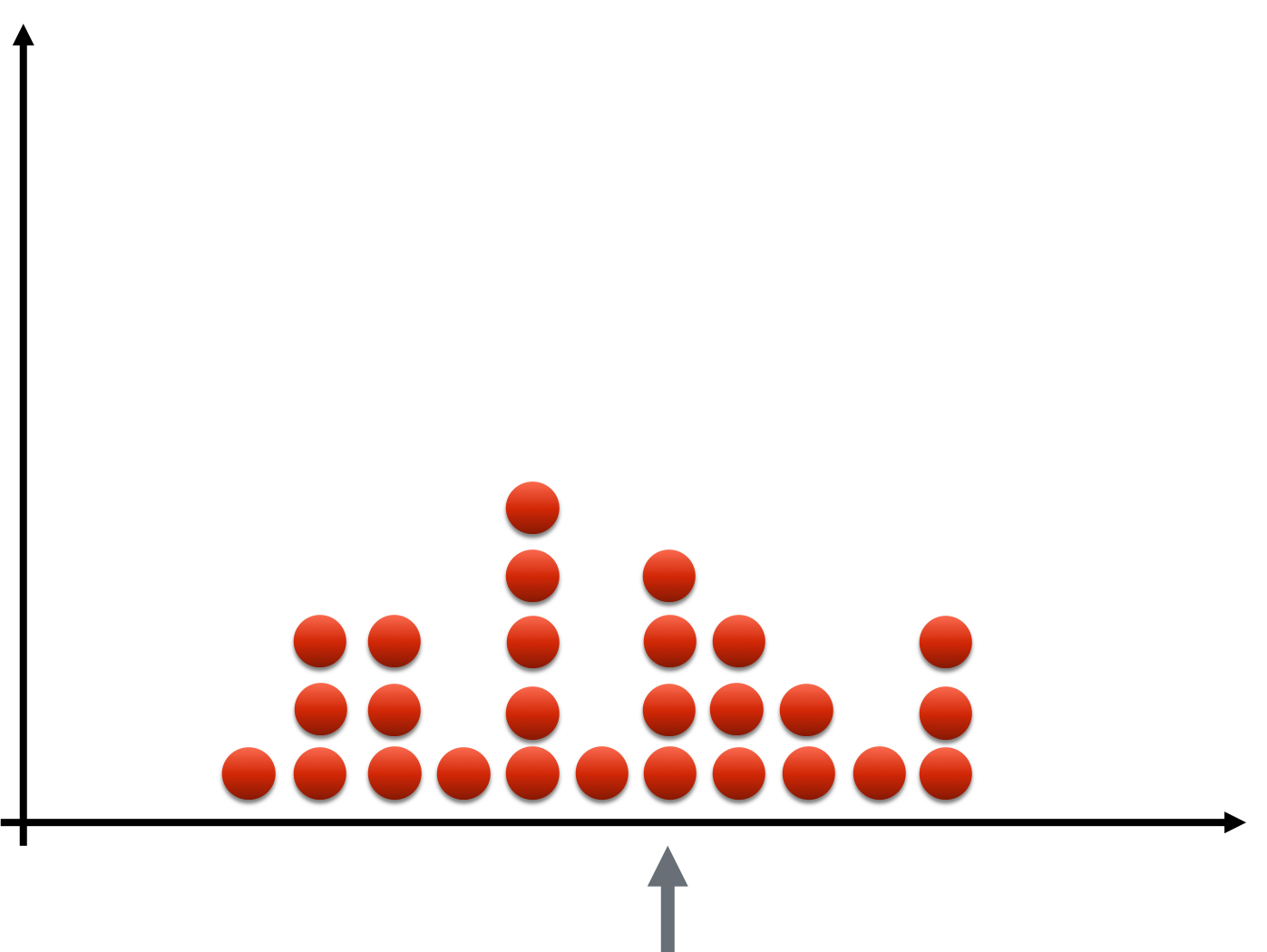
Data smoothing
- Filter: smoothen out 'bumps' of histogram
- Observations accumulate in over time
- Pick particular portfolio loss
- Examine nearby losses
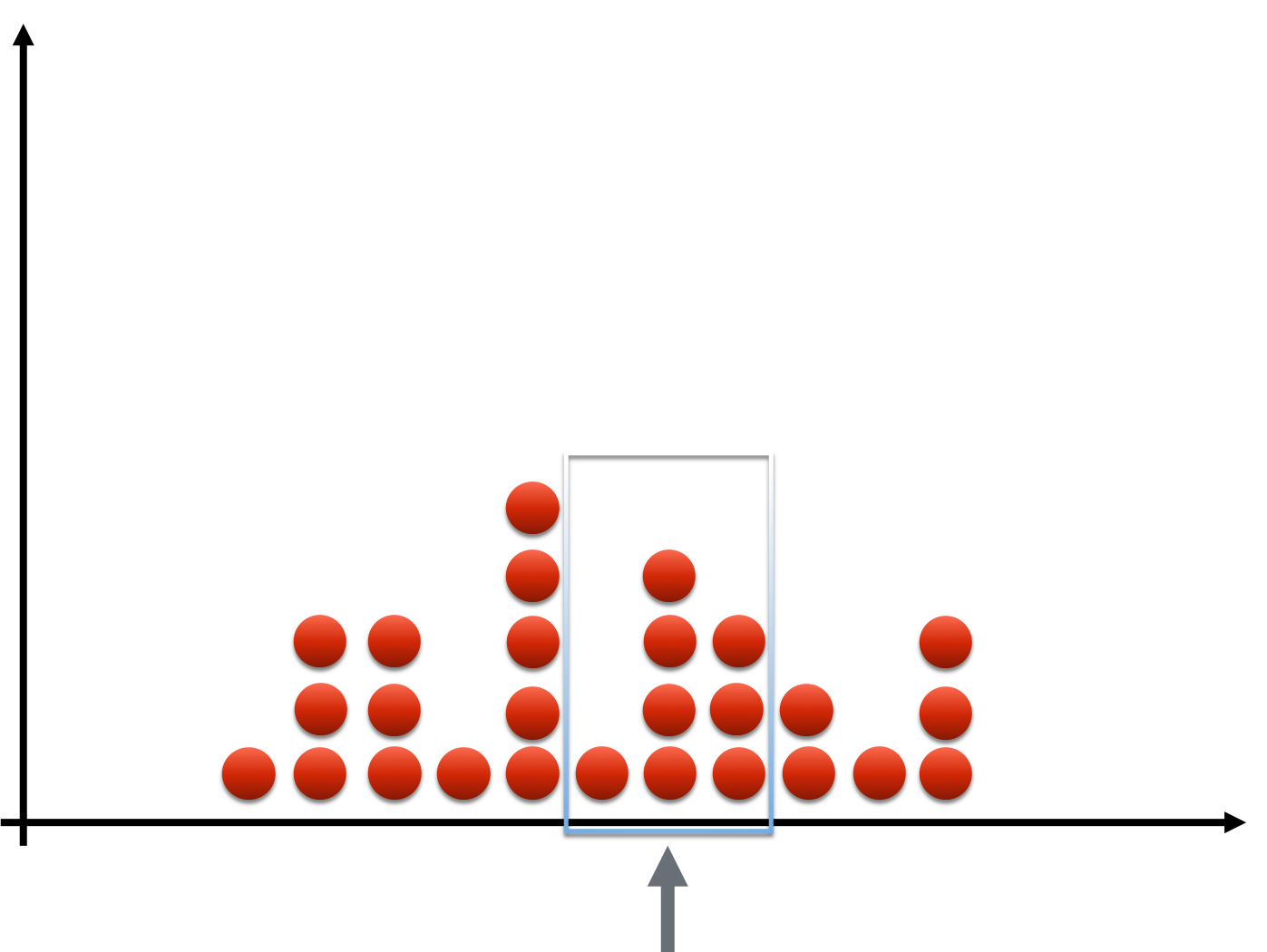
Data smoothing
- Filter: smoothen out 'bumps' of histogram
- Observations accumulate in over time
- Pick particular portfolio loss
- Examine nearby losses
- Form "weighted average" of losses
- Kernel: filter choice; determines "window"
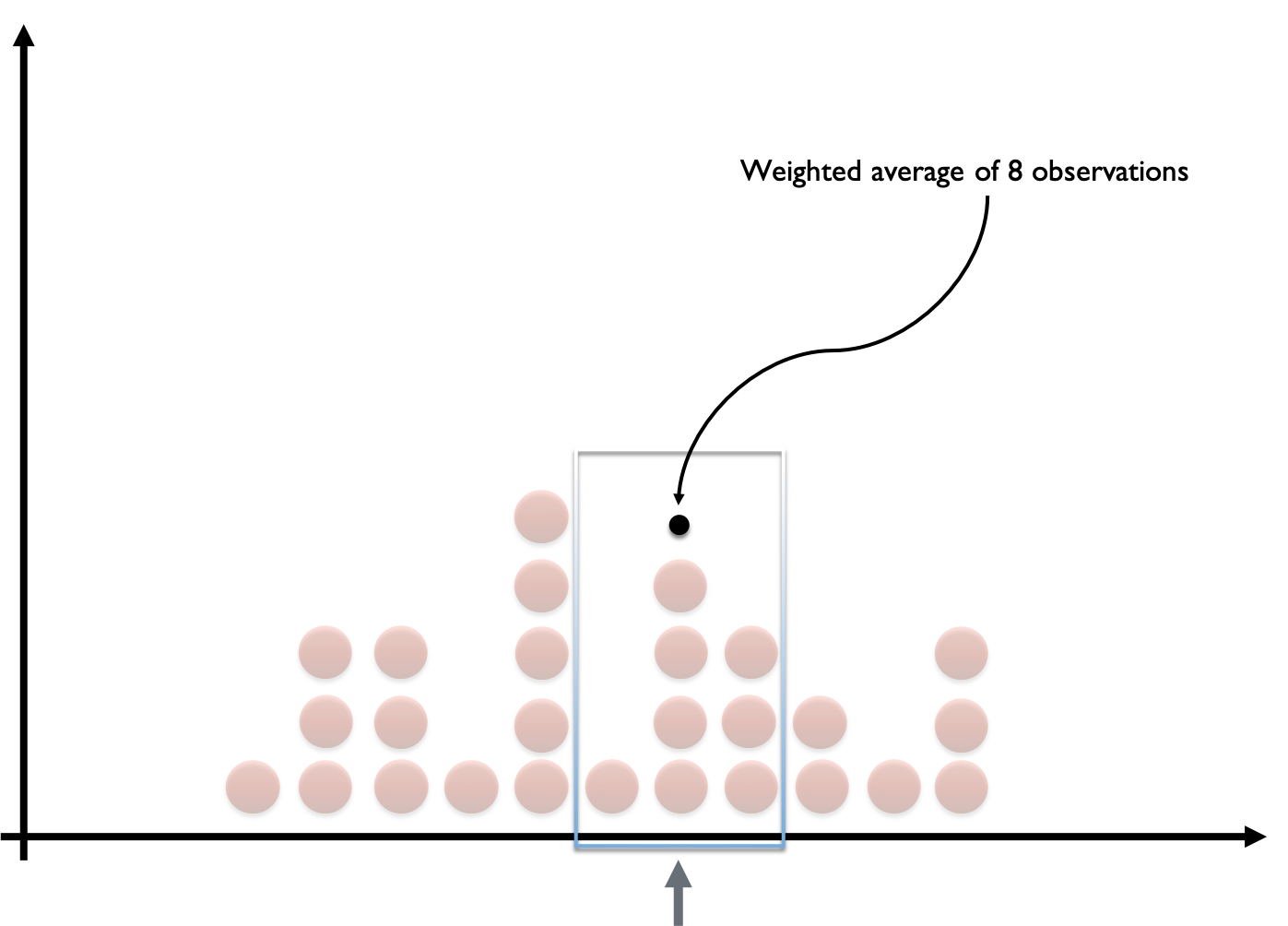
Data smoothing
- Filter: smoothen out 'bumps' of histogram
- Observations accumulate in over time
- Pick particular portfolio loss
- Examine nearby losses
- Form "weighted average" of losses
- Kernel: filter choice; determines "window"
- Move window to another loss
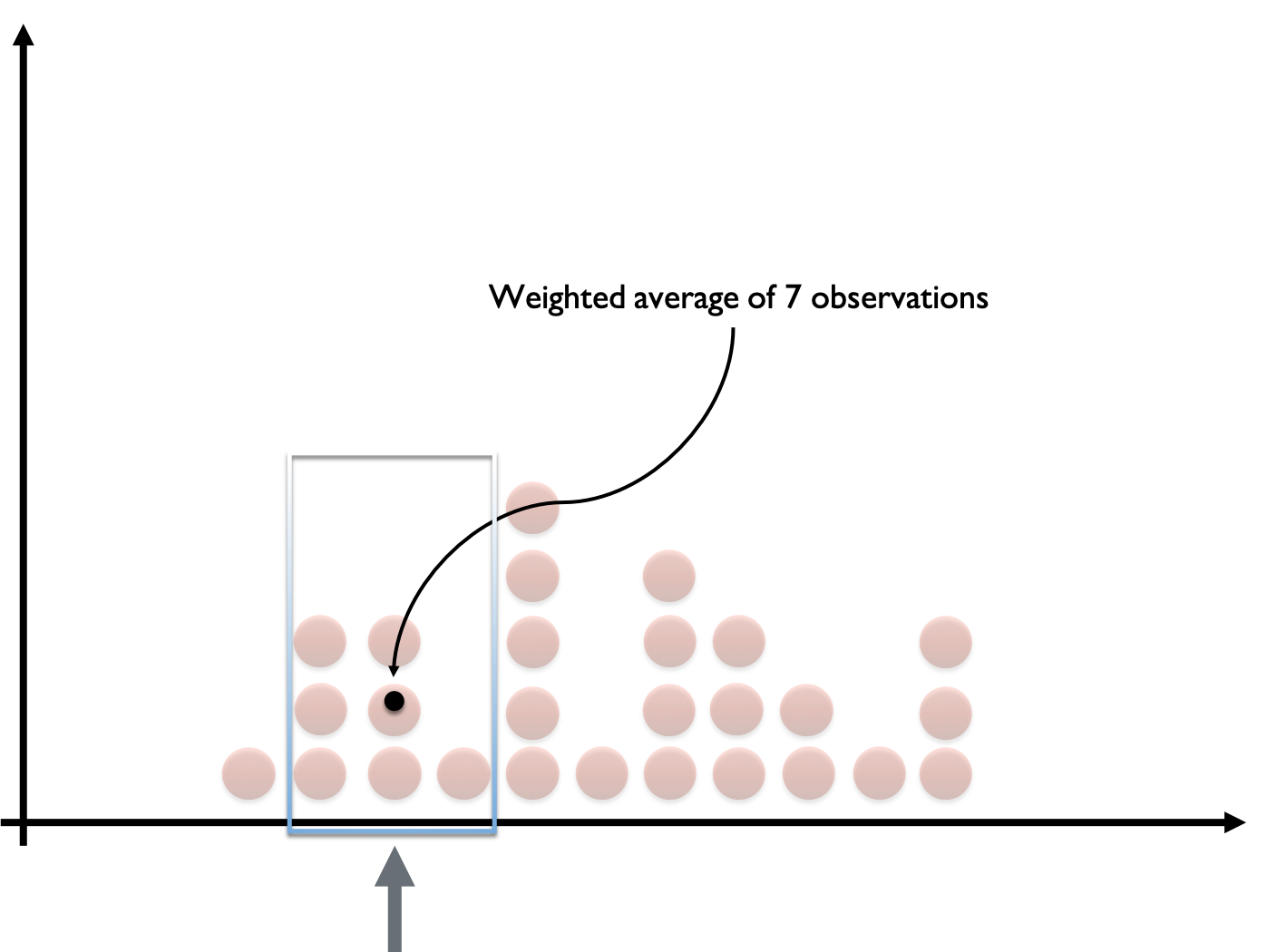
Data smoothing
- Filter: smoothen out 'bumps' of histogram
- Observations accumulate in over time
- Pick particular portfolio loss
- Examine nearby losses
- Form "weighted average" of losses
- Kernel: filter choice; determines "window"
- Move window to another loss
- Kernel density estimate: probability density
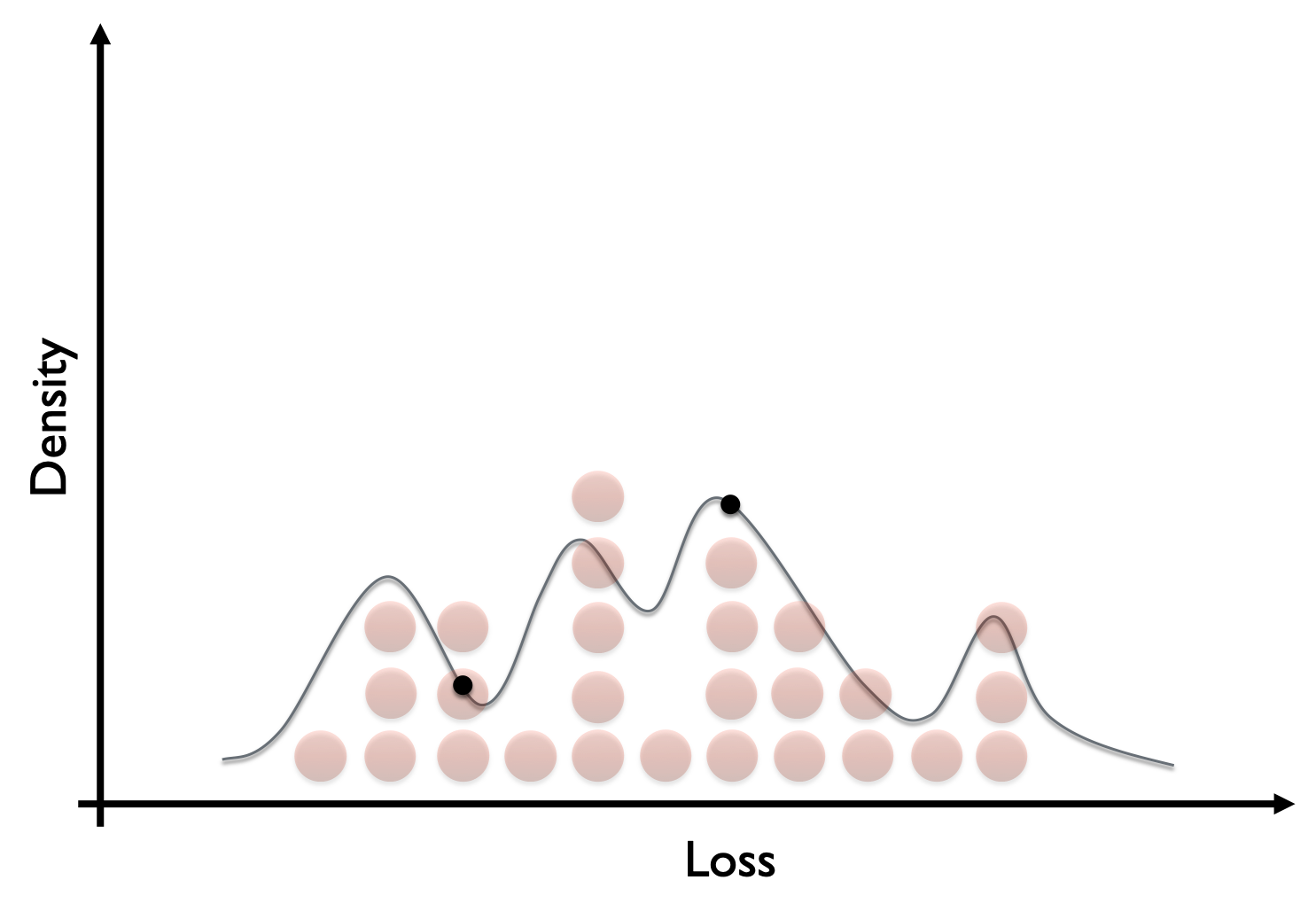
The Gaussian kernel
- Continuous kernel
- Weights all observations by distance from center
- Generally: many different kernels are available
- Used in time series analysis
- Used in signal processing
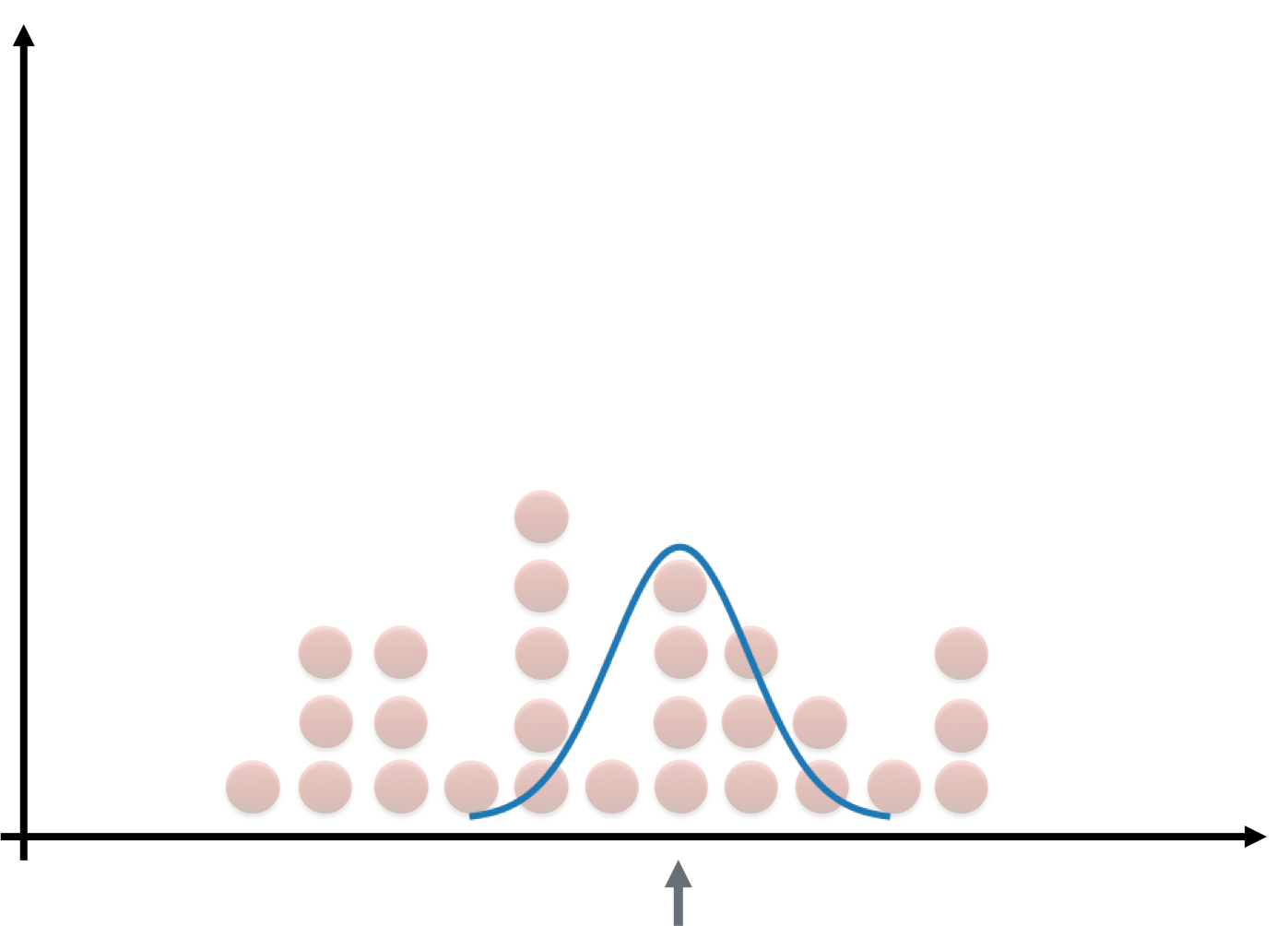
KDE in Python
from scipy.stats import gaussian_kdekde = guassian_kde(losses)loss_range = np.linspace(np.min(losses), np.max(losses), 1000)plt.plot(loss_range, kde.pdf(loss_range))
- Visualization: probability density function from KDE fit
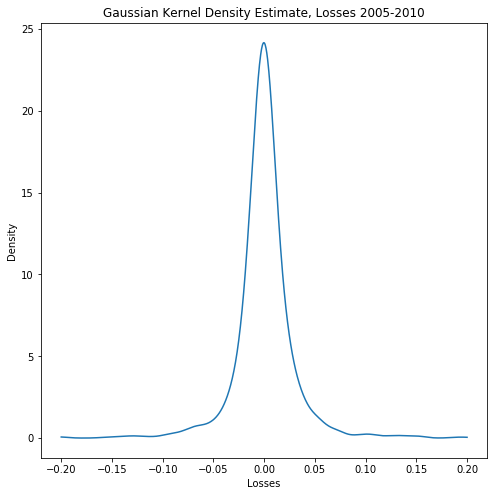
Finding VaR using KDE
- VaR: use
gaussian_kde.resample()method - Find quantile of resulting sample
- CVaR: expected value as previously encountered, but
gaussian_kdehas no.expect()method => compute integral manually- special
.expect()method written for exercise
sample = kde.resample(size = 1000)VaR_99 = np.quantile(sample, 0.99)print("VaR_99 from KDE: ", VaR_99)
VaR_99 from KDE: 0.08796423698448601
Let's practice!
Quantitative Risk Management in Python

